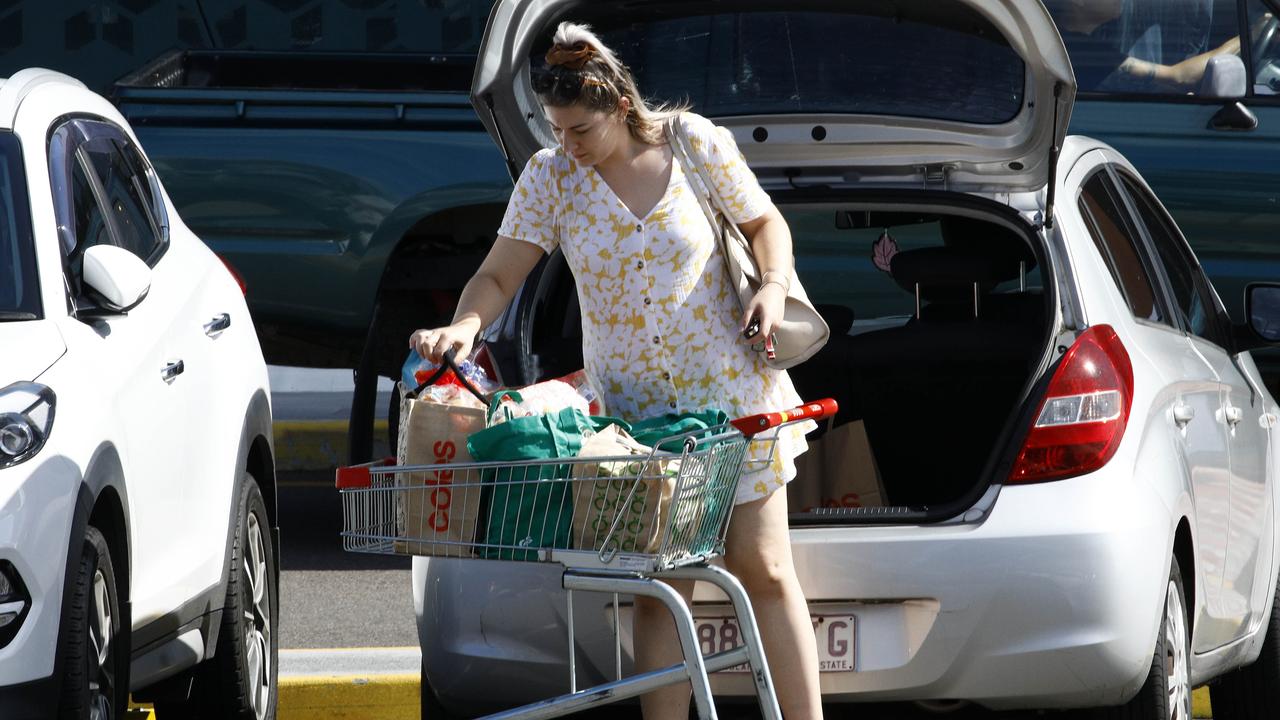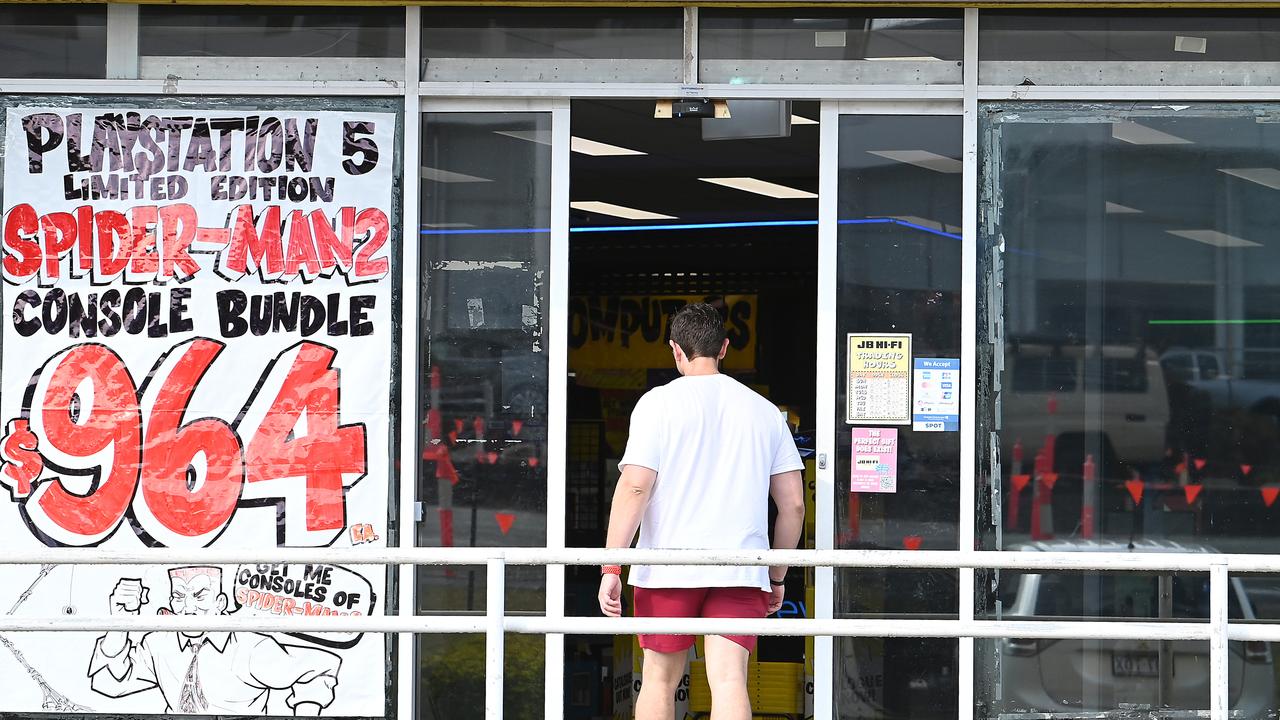RBA warns inflation is “still high”, flags that a drop in price pressures could help trigger rate cuts
The Reserve Bank’s head of economic analysis says inflation is expected to hit target range by 2025.

Australia’s inflation rate remains “high” and will take some time to cool down to relieve pressures on households and businesses, a senior Reserve Bank official has cautioned.
Marion Kohler, economic analysis chief at the RBA, painted an uncertain picture of Australia’s future inflation outlook during the bank’s annual forecasting conference on Tuesday.
This came after the RBA announced its revised inflation forecast last week, which pointed to a drop in inflation to 3.3 per cent by June, lower than the predicted 3.9 per cent.
The central bank also kept the cash rate steady at 4.35 per cent at their first meeting of the year.
Ms Kohler said while inflation was coming down at a faster rate than expected there was still a “range of uncertainties” around how forecasts will play out for households.
“It is possible that – following a period of large declines in real incomes – households save more of their income than we expect and so consumption remains subdued for longer than anticipated,” she said.
“This would put downward pressure on labour demand and inflation.”

According to Ms Kohler, a recent decline in consumer price growth, which fell from 5.4 per cent in September to 4.1 per cent in December, had been driven by an unexpected fall in goods inflation.
“We are seeing the earlier easing in global upstream costs being passed through to the prices consumers are facing,” she said.
“Looking ahead, we expect goods inflation for many categories to be low for a time. This reflects the earlier improvements in global supply chains and below-trend global demand.
“Recent events in the Red Sea highlight that this moderation in global goods inflation might be bumpy, however.”
Ms Kohler said the central bank expected Australia’s economy to slow during 2024 as households continue to struggle after back-to-back interest rate hikes and soaring living costs.

She said many Australian households have cut back on spending and drawn on their savings buffers in response to high inflation.
“Going forward, we expect economic growth to remain subdued in the near term as inflation and earlier interest rate increases continue to weigh on domestic demand growth, particularly household consumption,” she said.
“For the next few quarters, the pressure on household budgets from declines in real incomes over the past couple of years is expected to continue to drag on consumption. We expect it to affect consumption a bit more than in our forecasts three months ago.”
Ms Kohler said that an easing of inflation pressures and a return of income growth should see an increase in spending towards the tail end of 2024, but pressed that there were “always uncertainties” around forecasts.
Read related topics:Reserve Bank



